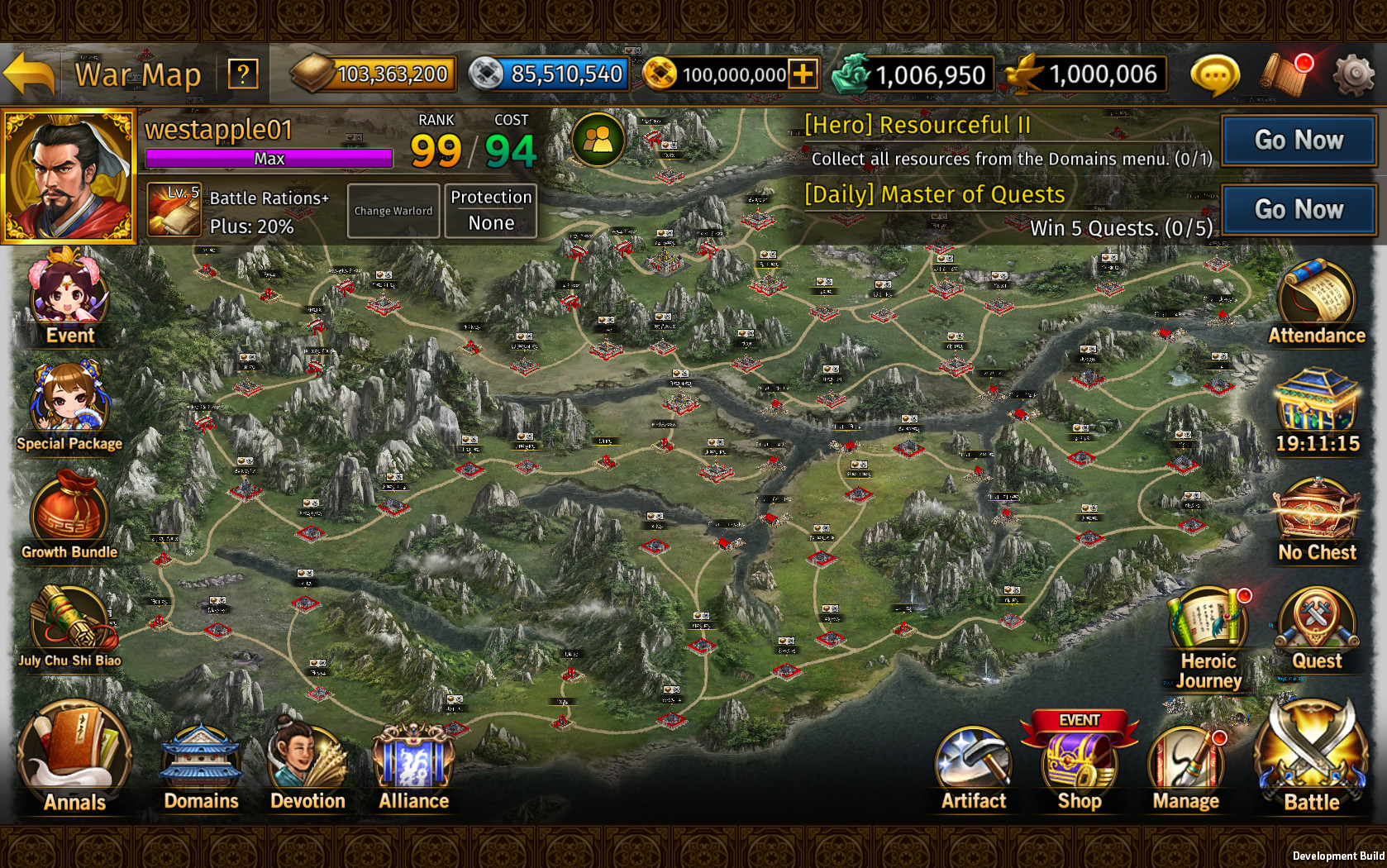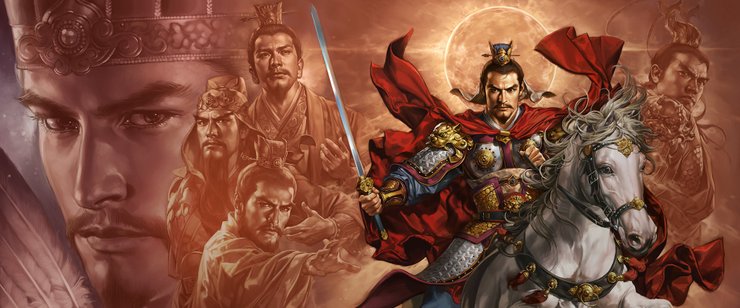

This valuable illustrated volume can be viewed on the World Digital Library website and a digitized copy is available in the Asian Division Reading Room for reader services. Thus, even though some collectors believe this illustrated book was printed in the Qing dynasty, this work is considered by others to be a Ming edition, with the earliest style and finest work of Chinese embroidered illustrations that make it a rarity. The exquisite embroidered illustrations in “Sanguozhi Yanyi Tu” (三國志演義圖) are the print-outs of woodblocks engraved by printer Huang Chengzhi (黄誠之), who probably lived in the late Ming dynasty (see figure-4 & 5).

#LEGENDS OF THE THREE KINGDOMS SERIAL#
Embroidered illustrations are special features in most ancient Chinese serial novels and are print-outs of woodblocks engraved by printers, not embroidered with needle and thread as the term suggests. It is an incomplete copy and contains 42 embroidered illustrations that depict the long story of the Three Kingdoms. Of the many editions, however, the “ Yixiangtang huixiang Sanguozhi” (An Illustrated Book of the Story of Three Kingdoms, 遺香堂繪像三國志) or “ Sanguozhi Yanyi Tu” (三國志演義圖) (see figure-3) is worth special attention. The Library of Congress has many printed editions of the “Story of Three Kingdoms.” “Sanguozhi Tongsu Yanyi” (Popular Historical Novel of the Three Kingdom, 三國志通俗演義), an edition of the first year of the Jiajing (嘉靖) reign period (1522) of the Ming dynasty (1368-1643), is the earliest edition among them. (see figure-3 Oath at the Peach Garden)įigure-5: The illustrated fight scenes of famous generals in the story of Three Kingdoms. For example, the sworn brotherhood between Liu Bei (劉備), the ruler of the Shu (蜀) kingdom, and his two military generals, - Guan Yu (關羽) and Zhang Fei (張飛), who helped Liu establish the kingdom - has been held up as a most revered model of comradeship or fellowship, and Guan Yu has become a permanent literary symbol of loyalty and righteousness.

The term “Yanyi” in the Chinese title indicates that the theme of the novel is “righteousness,” a concept extolled as the highest standard of virtue in ancient China with a deep and wide-ranging impact on Chinese society. The political and military intrigues and maneuvers have served as a reference source for generations of statesmen and strategists in these two countries. The “Story of Three Kingdoms,” one of the most popular novels in China, was also transmitted to Japan and Korea in the early 17th century.
#LEGENDS OF THE THREE KINGDOMS FULL#
The novel is full of the political plots, military battles, and power-struggles of the three states. The film’s synopsis read as The technical crew of the film includes for music direction, for cinematography, and for editing. While the story has hundreds of characters, the focus is mainly on those in the three power blocs that emerged from the remnants of the Eastern Han dynasty which eventually form the three states of Wei (魏), Shu (蜀), and Wu (吳) (see figure-1). Legends of the Three Kingdoms is a 2018 China-Mandarin language movie, directed by Kejing Lü and written by Leihong Gao, Kejing Lü (based on an idea by). Read more about Three Kingdoms’ connection to modern day China at the New York Times.Figure-3: Liu Bei (劉備), Guan Yu (關羽) and Zhang Fei (張飛) swore as brothers in a peach orchard. One Chinese town, Longmen, famous for its association with the king Sun Quan, “charges a $13 entrance fee to outsiders, who usually make the 30-mile drive from the provincial capital of Hangzhou,” according to the article. 220), when the Chinese empire was divided into three warring kingdoms. Luo Guanzhong’s Three Kingdoms, which is as important for Chinese culture as the Homeric epics have been for the West, tells the story of the fateful last reign of the Han dynasty (206 B.C.–A.D. Virtually all Chinese learn these tales, which mix history and myth, and so residents of otherwise obscure locales leap at the chance to latch on to the legends, sometimes for profit. There are countless hamlets, towns and cities across China that boast of links to the four or five towering classics of Chinese literature and the historical events on which those works are based. The Chinese literary epic, Three Kingdoms, which will be published in a fifteenth anniversary edition by UC Press this spring, has spurred a growing tourism industry in China, according to the New York Times:


 0 kommentar(er)
0 kommentar(er)
